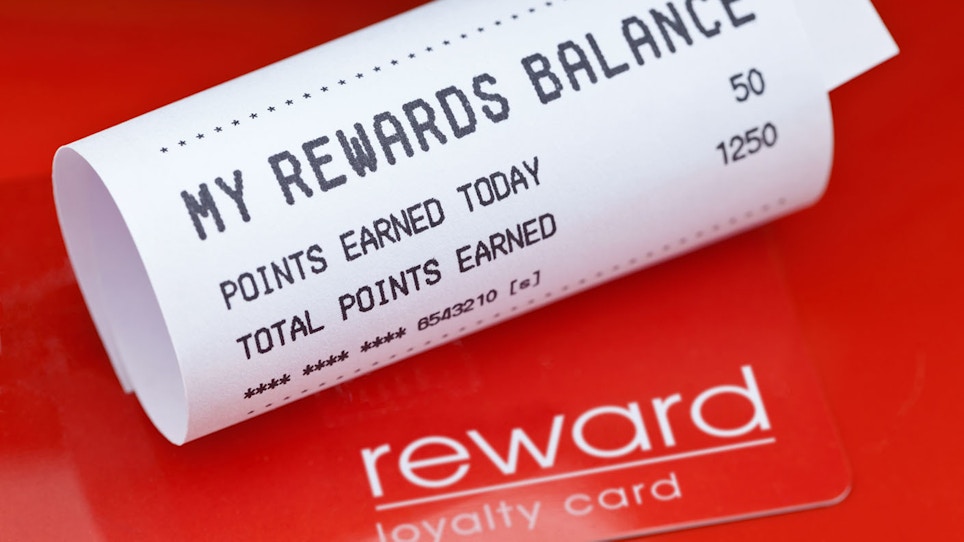Customer loyalty programs were pioneered in the airline industry in the form of frequent flyer programs that enabled heavy travelers to earn free airline trips in return for sticking with the same carrier. Now they’ve spread to all sorts of businesses – hotel chains, grocery stores and other retailers, just to name a few.
There’s a hot dog and hamburger spot around the corner from my home office that gives out free meals for every 10 that I buy. And, with some tweaks in how they’re designed, loyalty programs can benefit service contractors like septic pumpers as well.
Simply put, a loyalty program rewards the customer for coming back. It creates an incentive that translates into a certain base of customers – and their dollars.
That’s nothing to dismiss. Unless you’re in the rare situation of having no competitors, any time a customer rings your phone, you’ve effectively won a lottery. The caller could just as easily have dialed the number of your rival across town or across the county.
Discounted Service
Some loyalty programs are free to the customer and give discounts or specials based on number of purchases. That makes sense in fields like retailing, where traffic is frequent. And it could work in some service businesses. A very simple approach would be to give repeat customers a small discount, perhaps 10 percent. In a similar vein – although it’s not strictly a loyalty reward – many contractors discount the bill by 5 percent or so if the customer pays at the time of service.
Typically, though, such contractors aren’t going to see the same customers all that frequently. That makes it difficult for customers to rack up “points” toward some kind of free or discounted service.
That doesn’t mean you have to scrap the idea entirely. You could consider a loyalty program that your customer buys into – in the form of a fixed annual fee.
For example, my car mechanic sells a yearly program that costs about the same as four oil changes. The customer gets a punch card that offers four free oil changes, plus discounts on other specific service items.
An Industry Model
Is your tactical business more service-based than retail-based? One approach is that used by Ashton Service Group in Vancouver, British Columbia, a service contractor covering plumbing, heating, air conditioning and gas in the residential and commercial market.
For $89 a year, homeowners can join the company’s Ashton Value Plan program. With membership, they get an annual plumbing and drain safety inspection. Shutoff valves for incoming water service and water heaters are tagged to make it easier for homeowners to find them in an emergency. In addition, members get priority scheduling and a 15 percent discount on service work. Diagnostic fees and overtime charges are waived as well, and members get access to special discounts advertised on the Ashton Service website. They also get two $25 gift certificates for the company’s services to share with friends or relatives.
Customers can sign up through the company’s website, and the sales department offers it as a service during calls to customers. A customer can even sign up when Ashton comes to their home for a major piece of service work, such as replacing a hot water heater – so they can get the discount right away.
The program has been in place for a couple of years. Ashton’s controller, David Fung, said the price was set up to help make it affordable in light of the benefits and discounts involved.
The program “gets our foot in the door and other work will spin off from it,” Fung says. Once a person has signed up, “They’ll call us instead of flipping through the Yellow Pages or their iPhone looking for a contractor.”
Making It Work
That might be a good template for others, but remember: Every business is a little different. Still, if you want to set up a program for your business, you can take the same general steps.
1) Review all the services you offer, and determine which ones are frequent enough to anchor your loyalty program.
2) Calculate what sort of discount you can afford to offer and still make a profit on the other services you provide.
3) Consider some alternative designs, and run some projections to see which ones will work best for your bottom line.
4) Once you decide to offer the program, market it aggressively. If your customers don’t know about it, it won’t be worth the time to set it up in the first place.
There’s a not-so-hidden message in those four steps. If it’s going to benefit your business, a loyalty program has to be sustainable. It has to help you make money in the long run – not cost you money.
A loyalty program that collapses not only defeats the purpose – it’s worse than no loyalty program at all. But well-designed and monitored, a customer loyalty program can help you build a stable of repeat business that flows directly to your bottom line.
Or, to put a twist on an old saying, it can make loyalty its own reward – for your customers and for you.





